Celadon sake cup by Masao Tagai
Celadon sake cup by Masao Tagai
Couldn't load pickup availability
Width: 6.1cm x 6.1cm Height: 5.8cm
Celadon sake cup by Masao Tagai
1. Overview of the work
This is a neat sake cup with a cylindrical shape that fits comfortably in the palm of your hand, covered all over with a clear "rain-filled blue" glaze. The surface of the vessel is as smooth as a mirror, and a slight milky layer is hidden in the glaze, so a pale gradation appears depending on how the light hits it. The rim is thinly glazed to create a silver-gray "iron rim," and the wabi outline tightens the pale blue color.
2. Beauty of form and function
| part | Shape characteristics | Effective as a sake vessel |
|---|---|---|
| Mouth rim | Very thin chamfer + iron edge | It feels smooth on the lips and drips well. The iron rim will take on a black luster over time, and the scenery will develop. |
| Body | Slightly bulging cylindrical shape | The handle is easy to grip, and the temperature of the sake can be changed gently with the heat of your hands. |
| Heights | Low bottom of the goblin, exposing the base material | It is hard to fall over and allows heat to escape easily. It has a “picture frame” effect that brings out the blue of the interior. |
3. Glaze and firing
Glaze Design
By reducing iron powder and lightly switching the high-temperature reduction firing towards the end of the process, called "reduction removal," we obtain a pure blue color that eliminates any reddish tinge.
Suppression of Microcrazing <br data-start="594" data-end="597">In order not to impair the flavor of the sake, the expansion coefficients of the clay and glaze are made very similar, suppressing large cracks. Only very fine ice cracks float like a mist under the glaze.
Mirror Finish <br data-start="677" data-end="680">After firing, the pottery is reheated at a low temperature using reduction heating, which re-melts only the surface layer of the glaze, resulting in a soft luster and a smooth texture that feels comfortable in the hand.
4. Historical and cultural background
The pale blue, reminiscent of the baishisei (plum blue) of Longquan kilns in the Song dynasty, was highly valued in Japan from the Muromachi period onwards for drinking and tea ceremony backstage ware. Based on the clarity of classical celadon, Masao Tagai has sublimated it into a minimalist design that takes into account modern appreciation and usability. The iron rim and exposed base are a design that reflects the wabi of the “Chinese copy” beloved of Momoyama tea ware in the modern era.
5. Suggestions for enjoying the experience
| Sake Type | Recommended temperature | Synergistic effect with the vessel |
|---|---|---|
| Ginjo and Daiginjo | 8–12 °C | The pale blue color on the inside of the cup emphasizes the transparency of the sake and gently collects the aroma. |
| Kimoto/Yamahai Junmai | 15–20 °C | The thickness of the barrel slows down the change in temperature of the sake, softening and spreading the flavor. |
| Kijoshu and Aged Sake | 35–40 ℃ (lukewarm) | The astringency of the iron rim contrasts nicely with the amber color of the sake, highlighting the aroma of aged sake. |
6. Points to note when viewing
Depth of the Glaze Layer <br data-start="1196" data-end="1199">When strong oblique light is shone on it, the milky layers appear to float like clouds, highlighting the depth of the blue.
Changes in the iron rim over time <br data-start="1254" data-end="1257">The more it is used, the more the black luster deepens, creating a richer contrast with the pale blue.
Reflection of the inside of the cup<br data-start="1307" data-end="1310">It's also fascinating to see the poured sake reflect the blue of the inner wall, giving the entire cup a soft glow.
7. Conclusion
This "Celadon Sake Cup" combines the serenity of the clear blue with the wabi-sabi taste of the iron rim, creating a "scenery in the palm of your hand." The expression of the surface of the cup changes with each sip, and the process of the haze under the glaze deepening over time overlaps with the memory of the sake, deepening the flavor. Please use it for many years to come and enjoy the changing appearance of the celadon along with seasonal sake.
Share
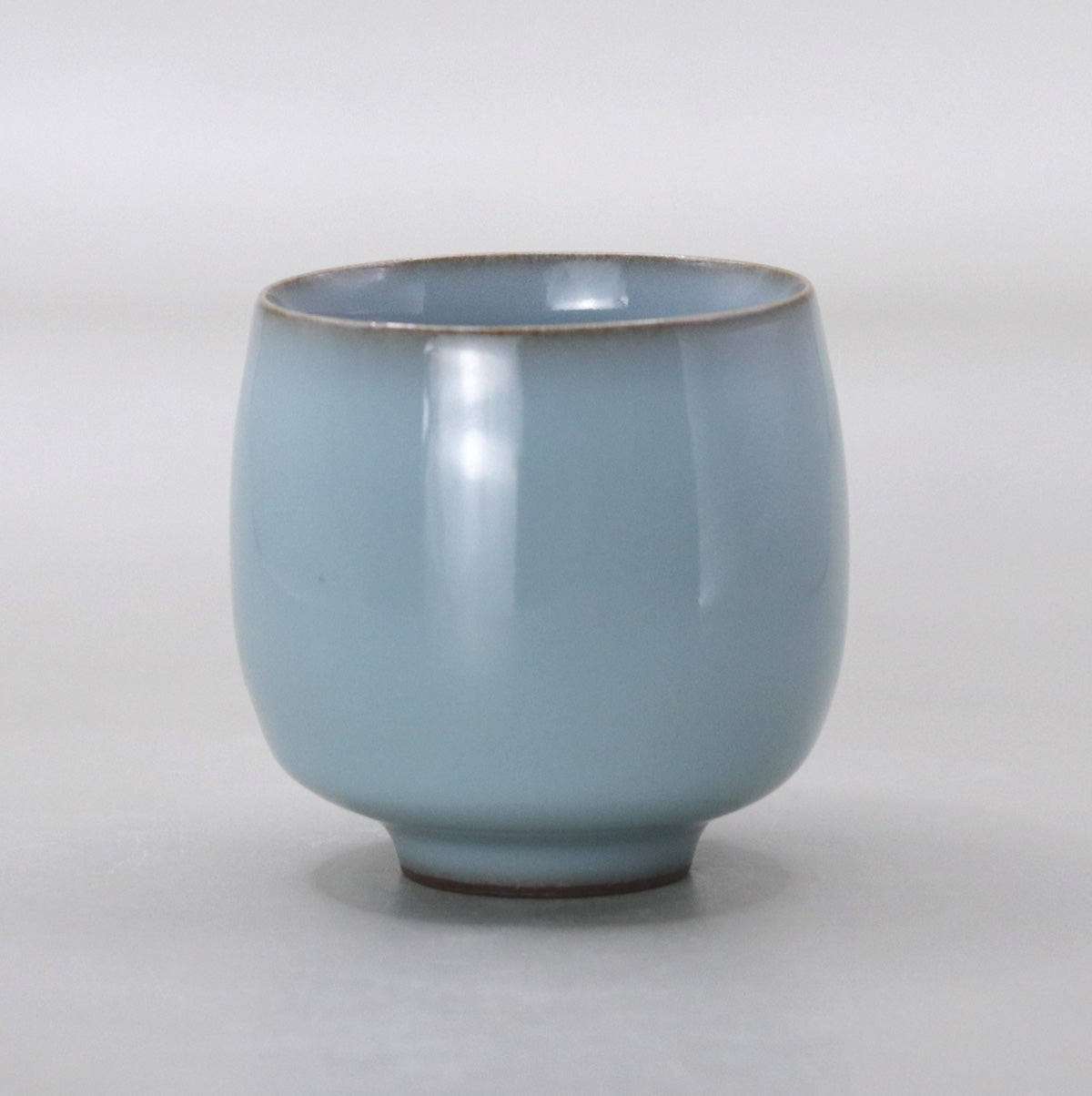
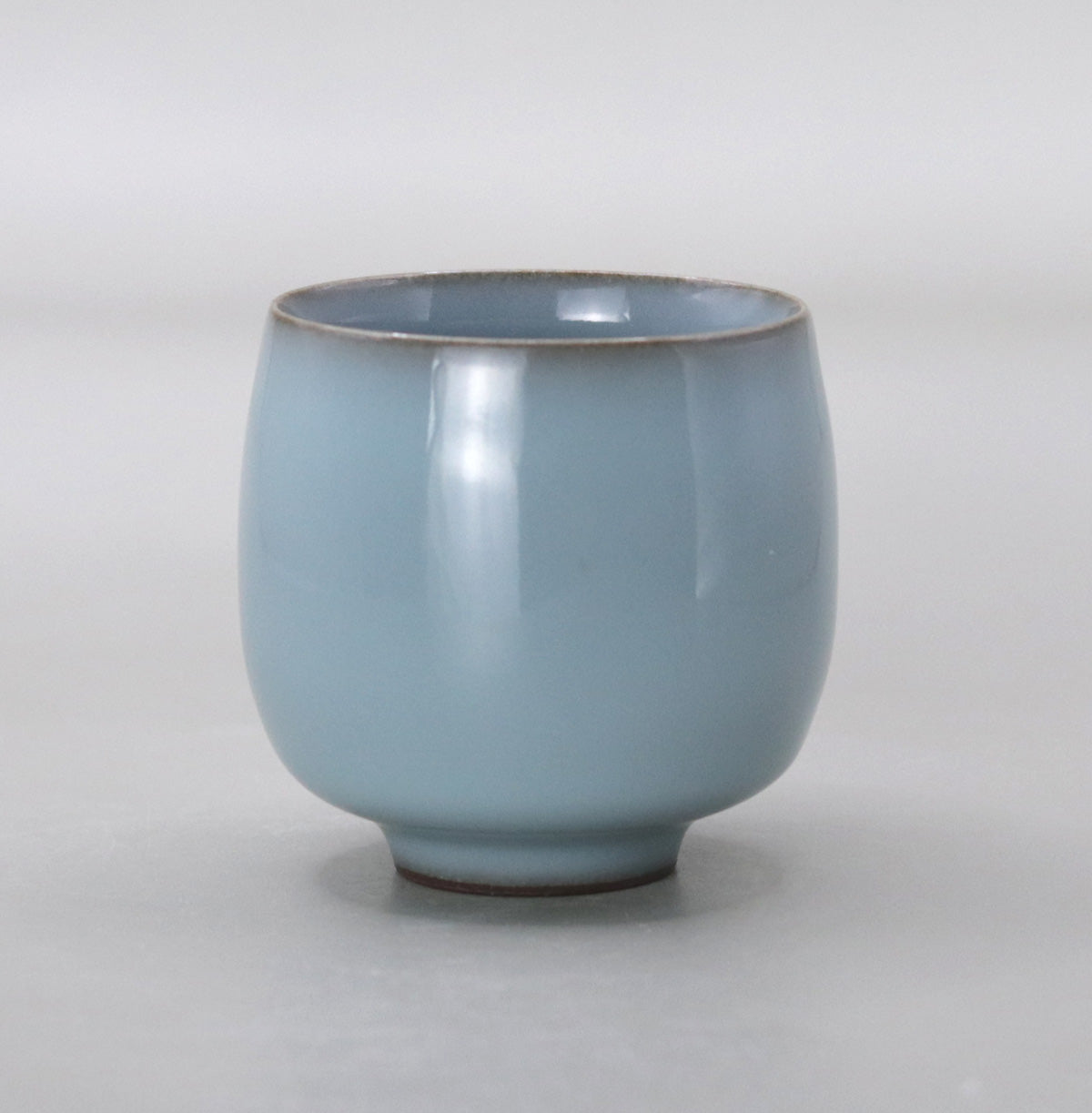
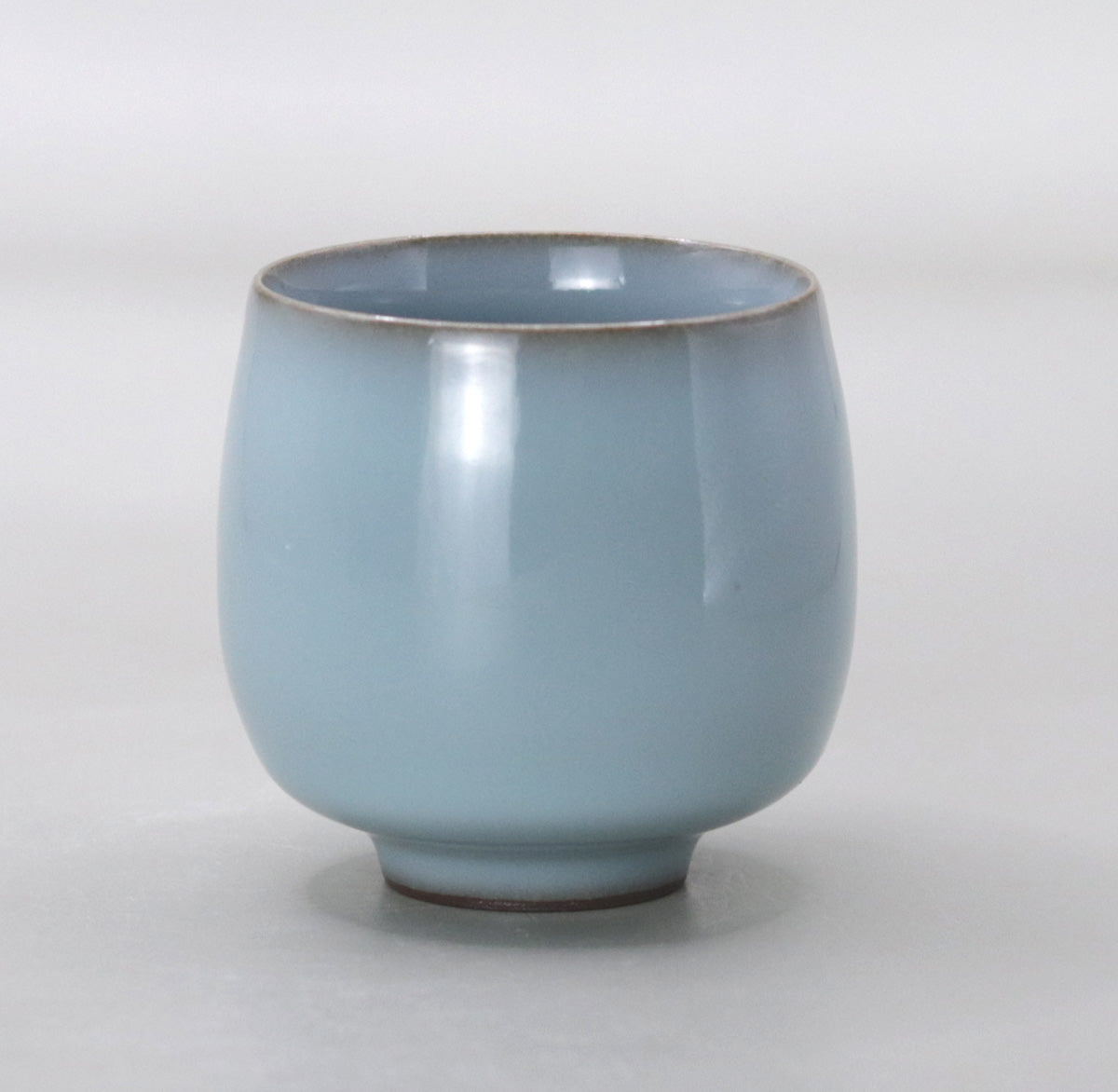
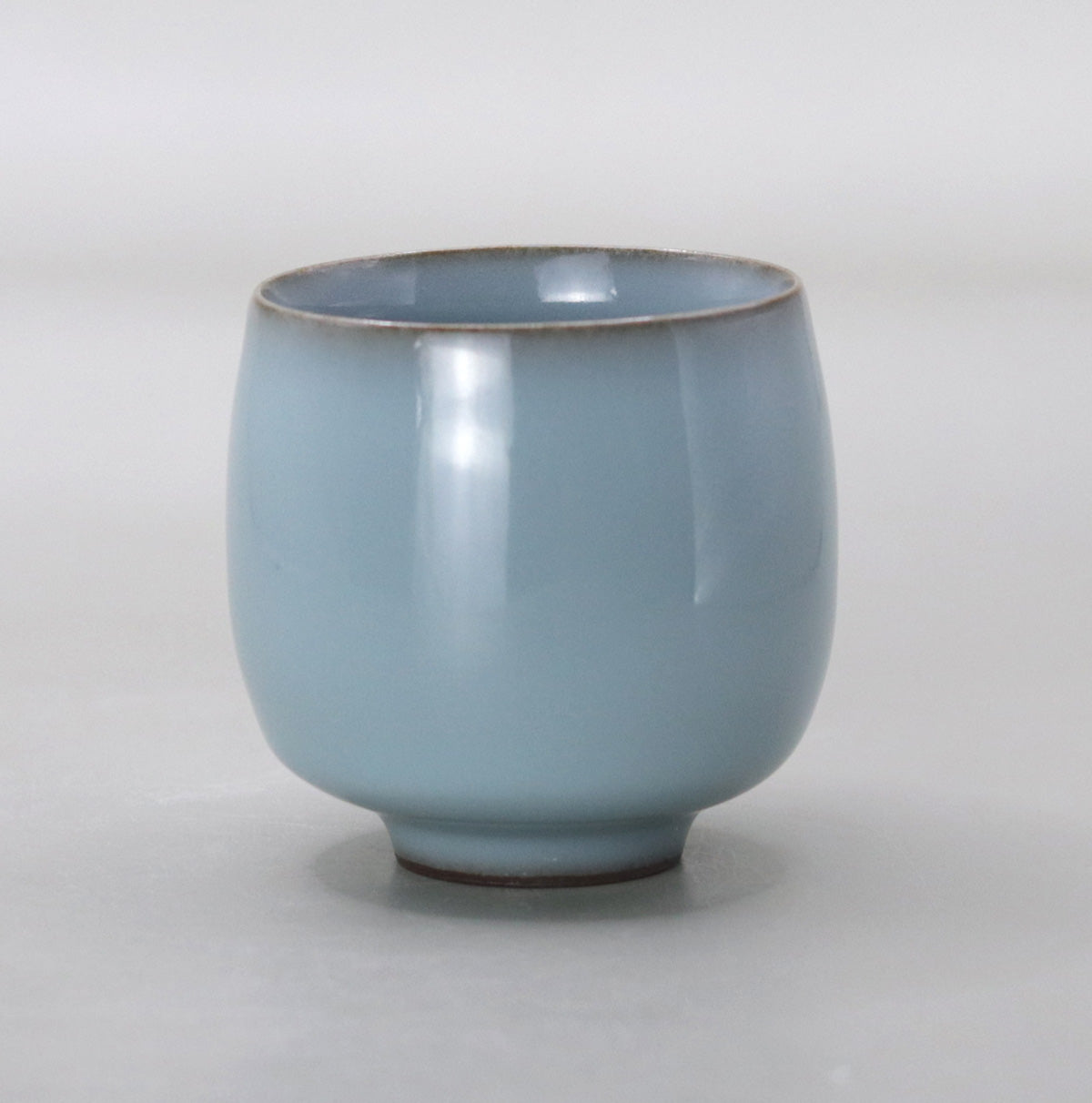
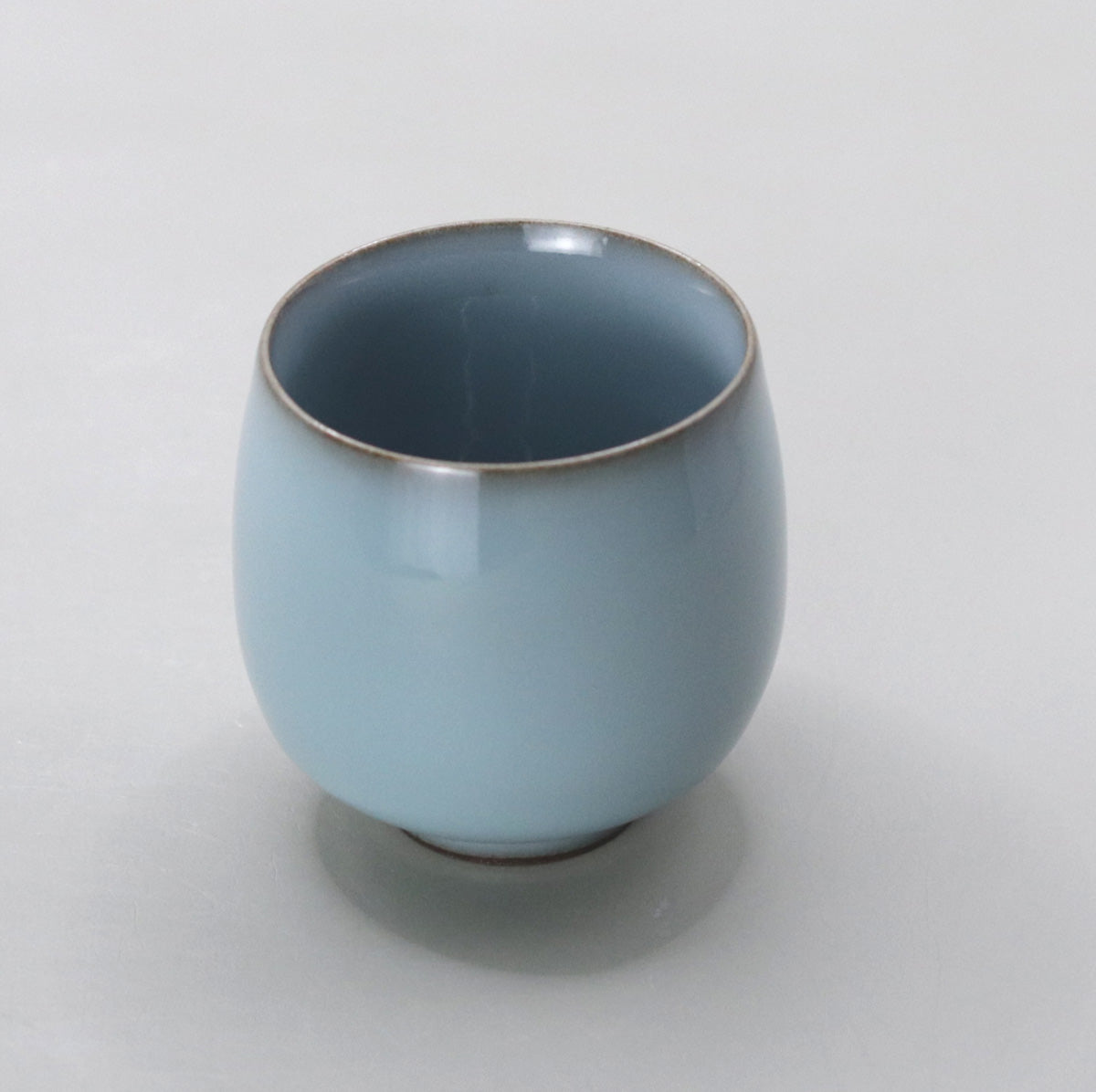
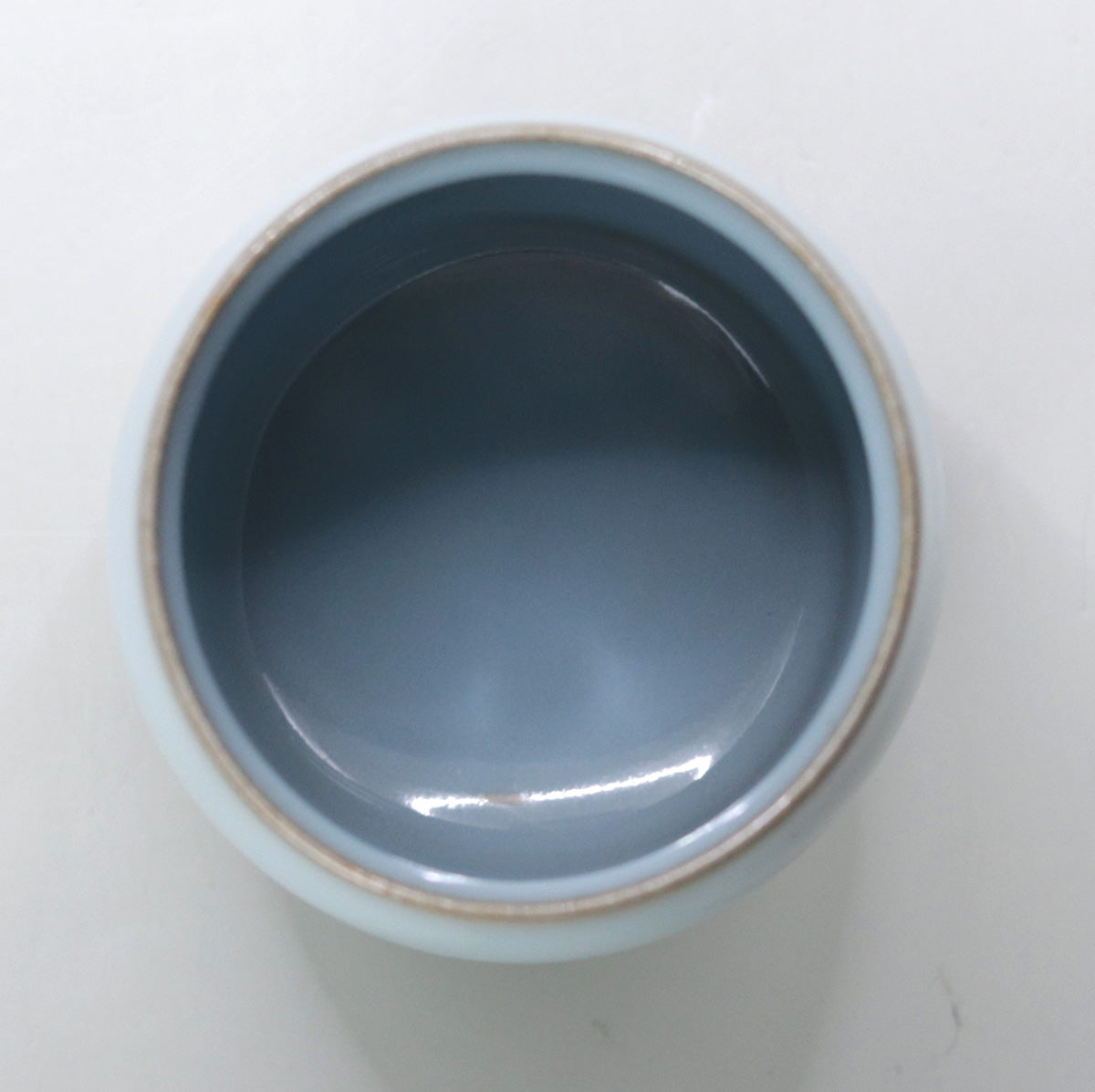
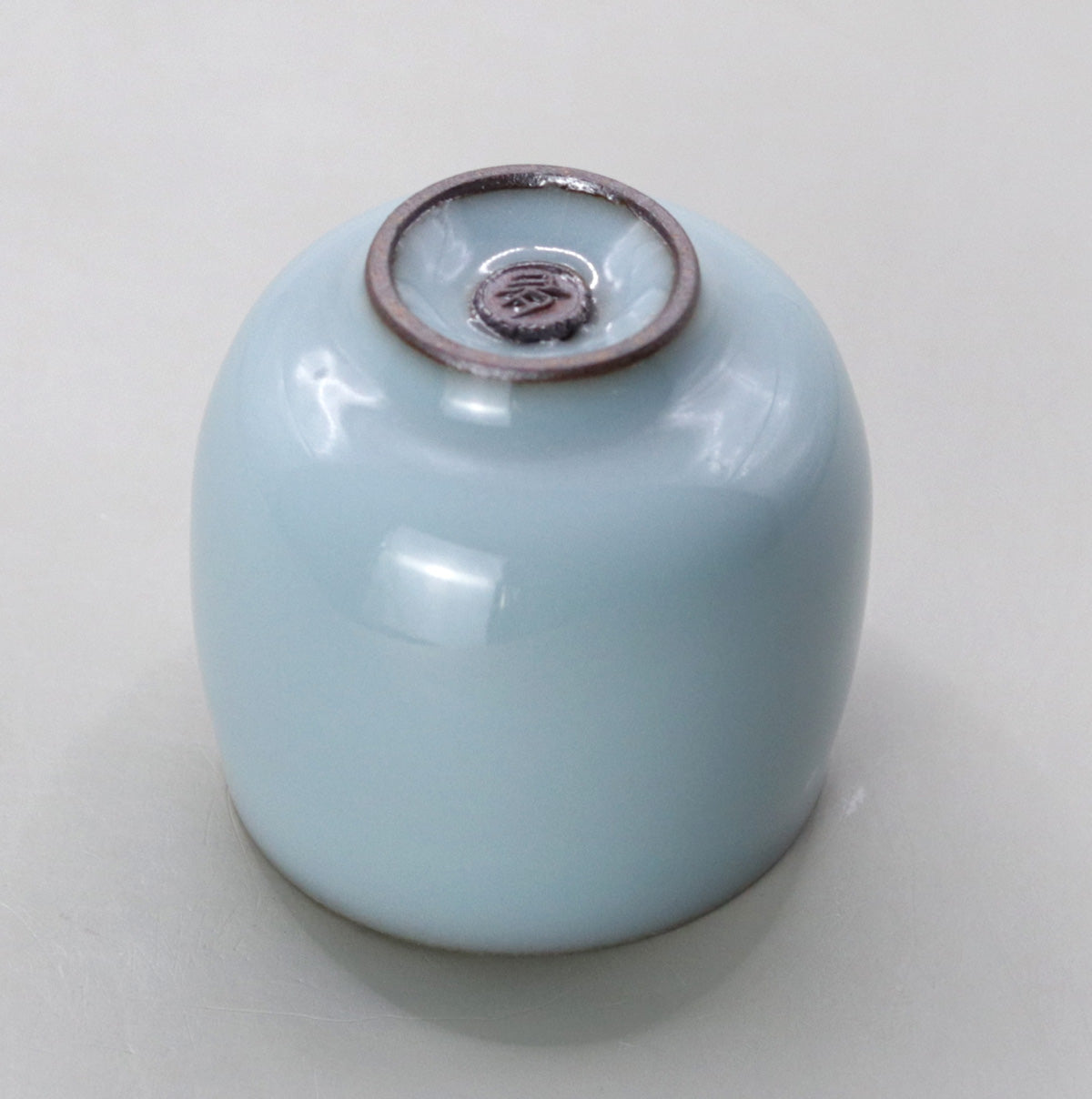
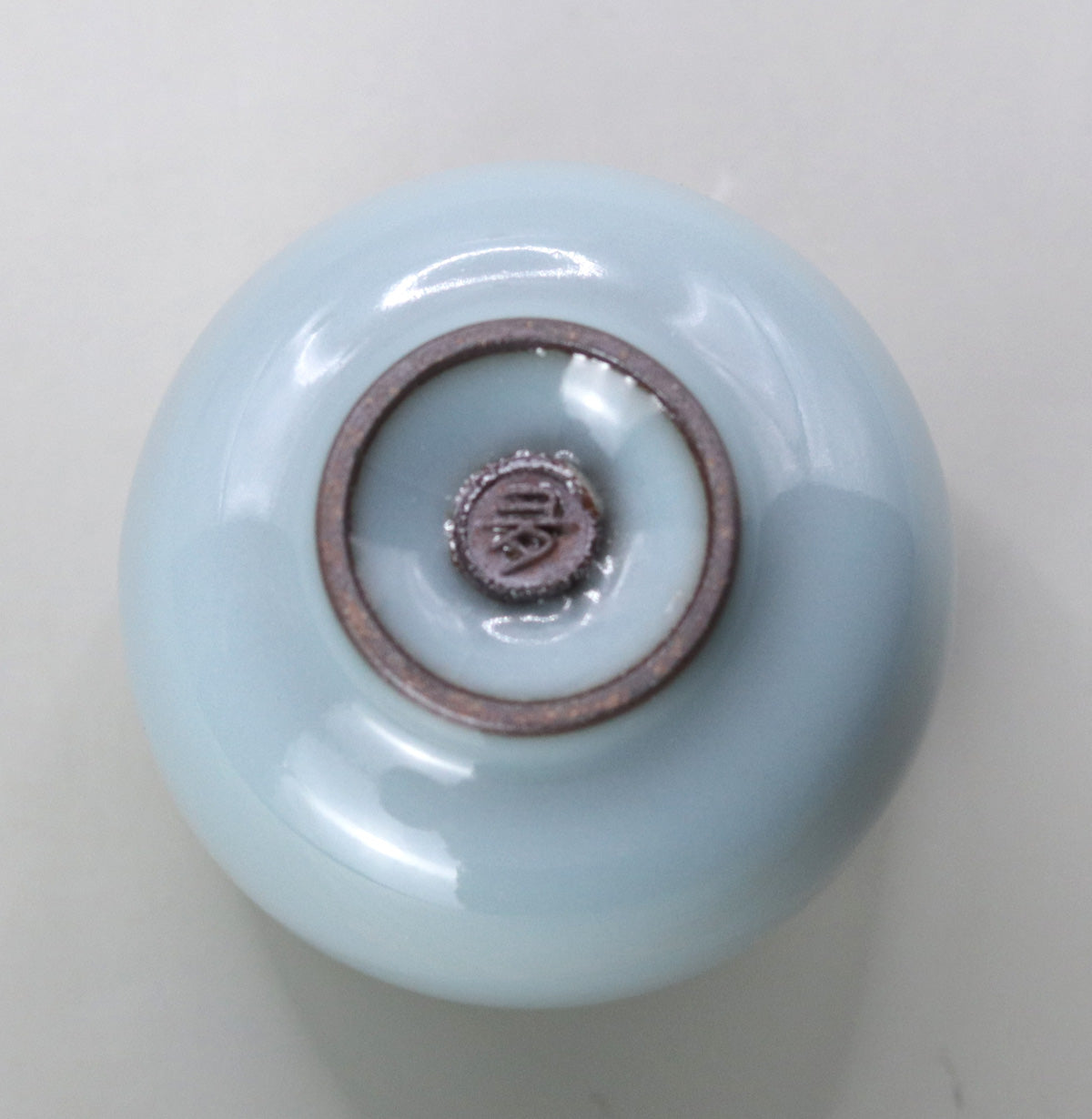
-
[I will send it to you quickly and carefully]
We carefully package each product in a way that suits it best.
Also, delivery times vary depending on the piece (vessel, etc.).
Items that already come with a box will be shipped within 1-3 days of the order date.
For items that require a box to be made after your order, it will take approximately 30 days for production to be completed and then shipped.
In either case, once we have confirmed your order, we will contact you by email to inform you of the delivery date.
-
[Requests when purchasing pottery]
Even products that look the same may differ slightly in color, shape, size, etc.
The way the glaze is used, the power of the kiln, the firing method, the season, and the humidity also affect the appearance of the pottery.
Please understand the individuality of each piece of pottery and enjoy the unique warmth of handmade.








